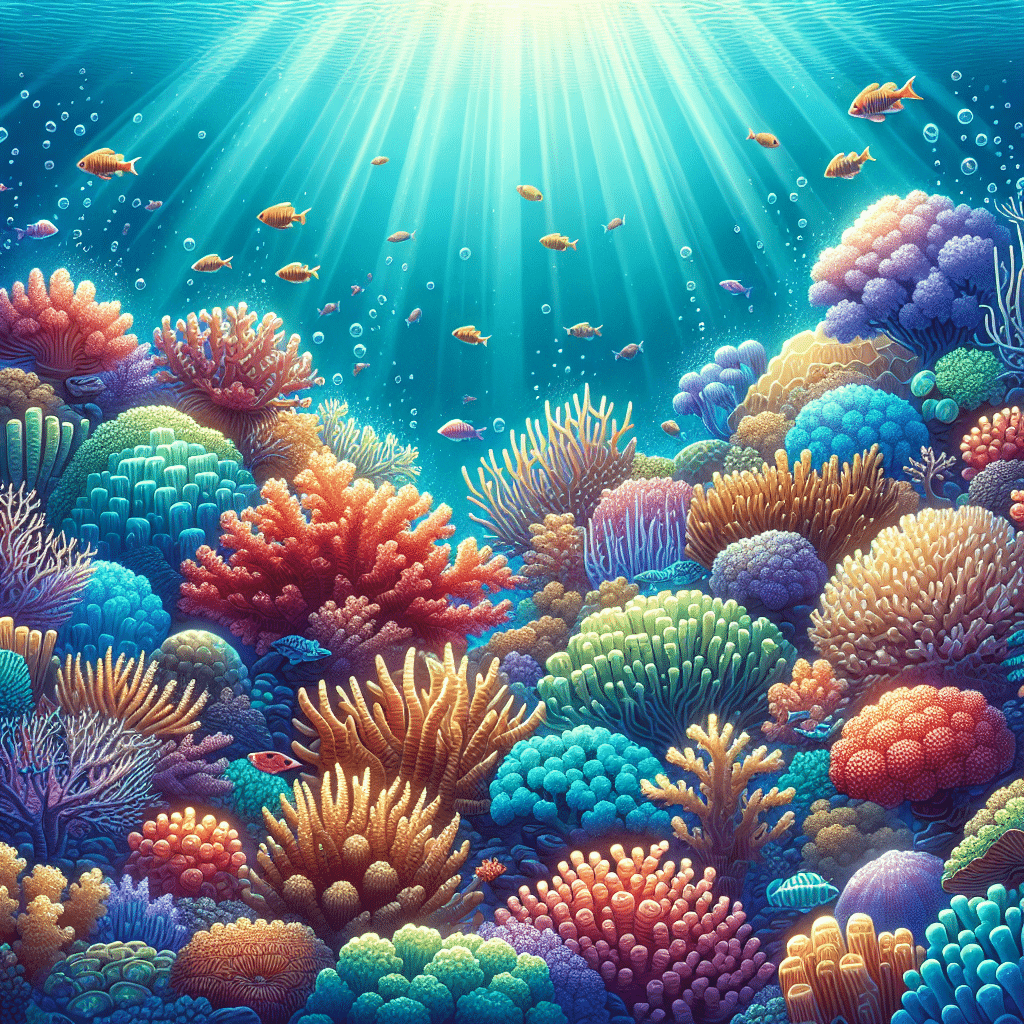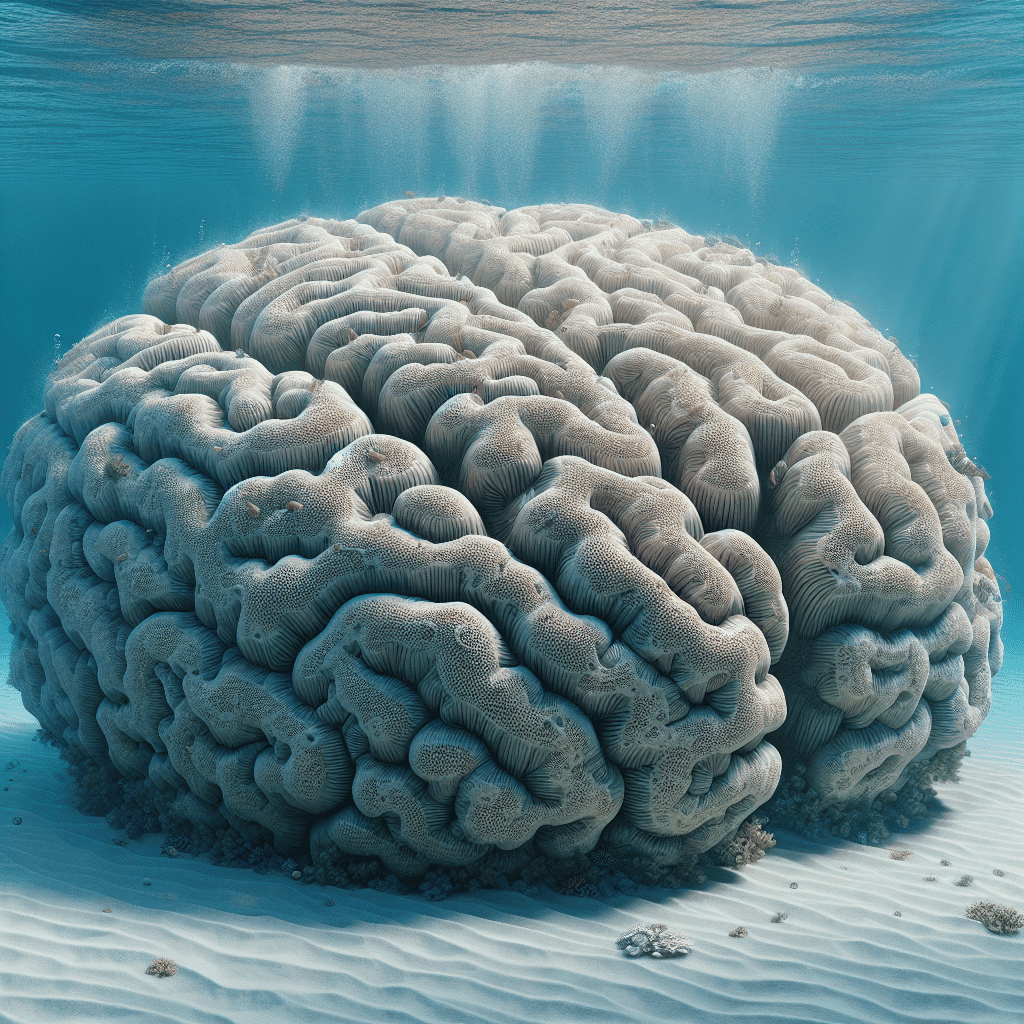Understanding Coral Reefs
Importance of Coral Reefs
Coral reefs are vital ecosystems that offer countless benefits. They protect coastlines from storms and erosion, which is essential for the safety of coastal communities. Additionally, reefs provide jobs for local populations and create opportunities for recreation, making them an important economic resource. Over half a billion people rely on reefs for food, income, and protection (NOAA).
Coral reefs are also a source of new medicines, contributing to advancements in healthcare. Their biodiversity supports a wide range of marine life, making them an essential component of ocean health.
| Benefit | Description |
|---|---|
| Coastal Protection | Shields coastlines from storms and erosion |
| Economic Opportunities | Provides jobs and recreational activities |
| Food Source | Sustains local communities with seafood |
| Medical Research | Offers potential for new medicines |
Threats to Coral Reefs
Despite their importance, coral reefs are under significant threat. Studies indicate that the world has lost 30 to 50 percent of its coral reefs already, and without meaningful intervention, tropical reef ecosystems could face extinction by the end of the century (NOAA Fisheries).
Several factors contribute to the decline of coral reefs, including climate change, ocean acidification, pollution, overfishing, and destructive fishing practices. The increasing water temperatures and rising sea levels disrupt the delicate balance of reef ecosystems, leading to coral bleaching and mortality.
NOAA is actively working to restore coral reefs through various initiatives, including running over 20 coral nurseries in the Caribbean, which produce more than 40,000 healthy corals for reef restoration annually (NOAA Fisheries). They have also established emergency response systems to address physical impacts to corals, highlighting the urgent need for conservation efforts.
Being informed about the threats to coral reefs can help me and other hobbyists take better care of our marine environments, ensuring that stunning corals like daisy coral can thrive in our aquariums and beyond.
Introducing Daisy Coral
Characteristics of Daisy Coral
Daisy Coral, scientifically known as Nidalia simpsoni, is a fascinating species in the reef tank hobby. These corals are known for their vibrant colors and unique structure, with each polyp featuring eight tentacles. Daisy Coral comes in various hues, including green, purple, yellow, white, brown, pink, and cream, often with contrasting centers that make them visually striking in any aquarium setting. They can adapt to a range of lighting conditions but generally thrive with a light intensity of around 100-150 PAR.
A notable feature of Daisy Coral is its symbiotic relationship with zooxanthellae, photosynthetic algae that provide nutrients. Additionally, these corals can filter-feed on nutrients present in the water column, making their care relatively easy compared to other corals. They are also quite hardy and can recover from adverse conditions, which makes them suitable for various aquarium setups.
| Characteristic | Description |
|---|---|
| Scientific Name | Nidalia simpsoni |
| Tentacles per Polyp | 8 |
| Color Variations | Green, purple, yellow, white, brown, pink, cream |
| Light Requirement | 100-150 PAR |
| Feeding | Symbiotic and filter-feeding |
Difficulty Level in Aquariums
While Daisy Coral is considered a hardy species, keeping them requires some expertise, especially regarding water parameters and tank conditions. They are not recommended for beginners, as their care can be challenging in less than ideal environments. For those who are experienced, Daisy Coral can flourish in a well-maintained reef tank.
In particular, it’s crucial to provide moderate water flow to help remove detritus and maintain cleanliness around the coral. The placement within the tank should ideally be in the mid to three-quarters height to avoid abrasion from other tank inhabitants. Proper lighting, moderate wave action, and regular feeding with nutrients like copepods, Cyclop Coral food, Rotifer, Mysis, and fine meaty seafood will support their growth and health.
For those looking for an easier option to start with, consider exploring other types of corals such as mushroom coral or zoanthids, which can be more forgiving for novice hobbyists.
Care Guide for Daisy Coral
Taking care of Daisy Coral can be a rewarding experience for any reef tank hobbyist. Here’s how to ensure these corals thrive in your aquarium.
Placement in the Tank
When positioning Daisy Coral, it’s best to place it in the mid to upper part of the tank, ideally at a height of about 3/4. This helps prevent abrasion from other tank inhabitants. Moderate wave action is also beneficial, as it assists in removing detritus and keeps the coral healthy.
Lighting Requirements
Daisy Coral can adapt to various lighting conditions, but I recommend providing around 100-150 PAR (Photosynthetically Active Radiation). Using LED full spectrum lights with medium intensity for about 8-12 hours daily will help promote healthy growth and vibrant colors. The right lighting is essential for their symbiotic relationship with the photosynthetic algae known as zooxanthellae.
Feeding Recommendations
For optimal growth and propagation, I suggest feeding Daisy Coral once or twice a week. They enjoy a mix of copepods, Cyclop Coral food, rotifers, mysis shrimp, and fine meaty seafood. This feeding routine will not only nurture the coral but also enhance its overall health.
| Feeding Type | Frequency |
|---|---|
| Copepods | Once or twice a week |
| Cyclop Coral food | Once or twice a week |
| Rotifers | Once or twice a week |
| Mysis shrimp | Once or twice a week |
| Fine meaty seafood | Once or twice a week |
Water Parameters for Success
Maintaining the right water parameters is crucial for the long-term health of Daisy Coral. Here are the recommended levels:
| Parameter | Recommended Level |
|---|---|
| DKH (Alkalinity) | 8-10 |
| Magnesium | 1200-1400 |
| Calcium | 400-450 ppm |
| Nitrate | 0-50 ppm |
| Ammonia | Non-detectable |
| Phosphate (PO4) | < 0.1 ppm |
Keeping these parameters stable and maintaining good water quality will significantly enhance the growth and expansion of Daisy Coral (Reef Chasers, Jireh Marine). Regular monitoring and adjustment of calcium, strontium, and other trace elements are also important for keeping these corals healthy.
Keeping Daisy Coral Healthy
Caring for my daisy coral involves several critical steps to ensure it thrives in my reef tank. From acclimation to propagation, here’s what I’ve learned about keeping this beautiful coral healthy.
Acclimation Process
Proper acclimation is essential for daisy coral, especially after shipping. I make sure to introduce it to my tank gradually to minimize stress. Here’s a simple acclimation process I follow:
- Float the bag: I float the sealed bag in the tank for about 15-30 minutes to equalize the temperature.
- Open the bag: I open the bag and let some tank water mix in with the water from the bag. This is done over a period of 30 minutes, gradually adding more tank water.
- Transfer the coral: After mixing, I gently place the daisy coral in the tank, avoiding any shock to its system.
Following this acclimation procedure, as highlighted by Tidal Gardens, helps ensure my daisy coral adjusts well to its new environment.
Fragmentation for Propagation
Fragmentation is a useful method for propagating daisy coral. I’ve found that this technique is relatively easy and effective. Here’s how I do it:
- Select a healthy fragment: I choose a healthy branch of the coral.
- Cut with care: Using a sharp, sterile tool, I carefully cut the fragment from the main colony.
- Attach to a substrate: I secure the fragment to a small piece of rock or coral plug with reef-safe adhesive.
- Place in the tank: I position the new fragment in an area with good water flow and lighting.
Daisy corals, like Goniopora, have shown successful propagation through fragmentation (Tidal Gardens), making it a rewarding process.
Common Issues and Solutions
While keeping my daisy coral healthy, I’ve encountered a few common issues. Here are some solutions I’ve discovered:
| Issue | Solution |
|---|---|
| Poor Water Flow | Ensure moderate water flow to help remove detritus. |
| Nutrient Deficiency | Test and add calcium, strontium, and trace elements as needed. |
| Overcrowding | Position daisy coral away from aggressive corals to prevent damage and competition. |
Daisy polyps are not aggressive, but they can outcompete passive corals for space (Reef Chasers). Keeping an eye on their placement in the tank helps avoid these issues.
By following these care tips, I can enjoy my daisy coral while ensuring its health and vibrant growth. For more insights on other types of corals, check out articles on xenia, brain coral, and torch coral.



